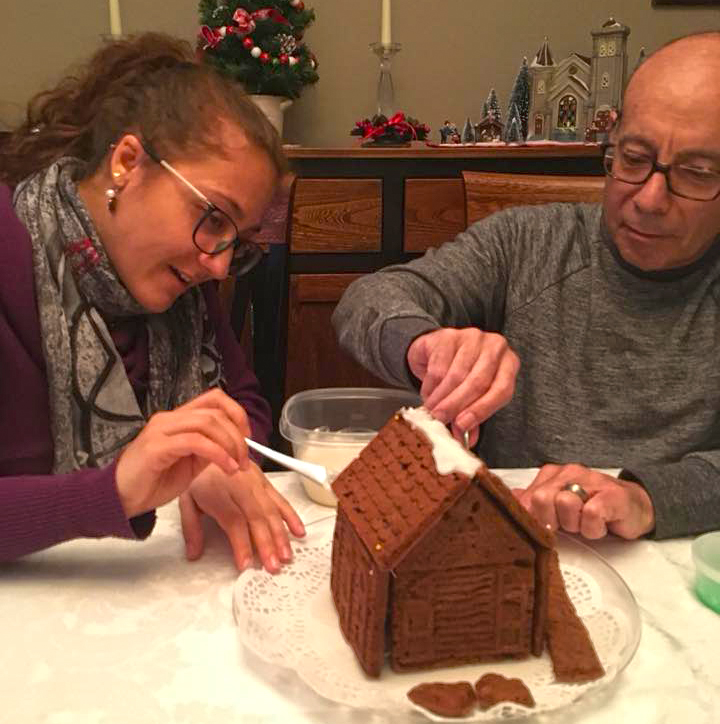Last Updated on January 28, 2018 by Editor

By A.J. VALENTINI
Not quite sure what our holiday guest’s religious habits were, I explained a particular situation to her.
“Daisy, tomorrow (Dec. 24) is a bit unusual. We have Mass in the morning and later tomorrow night we’ll have the Midnight Mass for Christmas Eve. My wife and I have ministries to serve. Would you like to come with us to both, or one or no service?”
Daisy Gramendola was our guest from Italy and a remarkable young woman. We had met in her capacity as manager of the Ostello Sant’Anna della Gioventù. It is a youth hostel where our students stayed during our summer emersion programs in Italian language and culture in Narni, a small medieval city about 80 miles from Rome. The 500-year-old convent in which it is housed also serves, on its ground floor, as a residence for handicapped citizens who need constant care.
The student rooms where we stayed, and which during the scholastic year house university students, are on the first floor (second the way we count floors here). On the second floor are housed young male refugees who have landed on Italy’s shores from the Balkans, Mideast, Northern Africa and even from far Afghanistan. The Italian government provides education, vocational training and housing until the boys are 18 and then they must go out into the world.
Recently, Daisy and her sister Alessandra, who helps her, took on an additional role as directors of a program that houses single mothers. Together, the Gramendola women manage four properties scattered around the city (God’s work, I’d say.)
One would expect that every Italian is a fervent church-going Catholic. The reality is that though the Vatican might find itself within the geographic borders of Italy, a survey in 2010 showed that less than a quarter of baptized Italians actually attend church.
My wife and I have attended Mass in many churches in Italy and always are amazed that there are fewer people in the pews than we get, even on a slow weekend, at Mount Carmel / Blessed Sacrament. So perhaps now my readers can understand my trepidation. To our delight, Daisy is one of the ones who still are faithful. She came to both Masses with us.
Before the morning Mass, while he was doing his usual rounds among the congregants, Father Cesta came over to our pew and I introduced him to Daisy. Finding out that she was visiting us from Italy, he spoke a few words to her in her native language. Of course his humor disarmed her as well.
In Italian Father Jim said, “This is a beautiful church, a beautiful parish and especially the priest is beautiful!”
We all laughed and Daisy began to feel at ease. I noticed she had brought a small missal with her so she could follow Mass more closely. As the celebration proceeded she looked at it less and less. Clearly, she was able to understand the ceremony without a written crutch. At Midnight Mass I believe she was pleasantly surprised when the congregation began to sing the Italian carol “Tu Scendi dalle Stelle.” She was truly at home.
One of the beauties of the Catholic liturgy is its universality. When traveling, I can walk into any church and follow the service. I must admit I still say the prayers to myself silently in English, though. Prayers, like mathematics, are something with which one feels most comfortable in one’s own language, even though the concepts are universal.
I find I can say the prayers aloud in the language of the country I’m visiting with the help of the congregation, but on my own I slip back into my own language.
No matter, I think God hears us all, no matter how we beseech him.